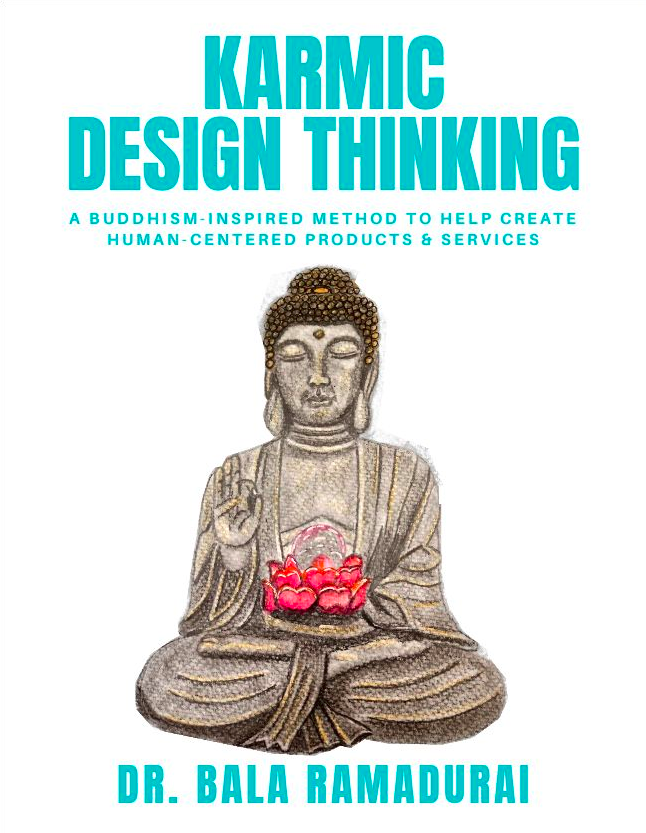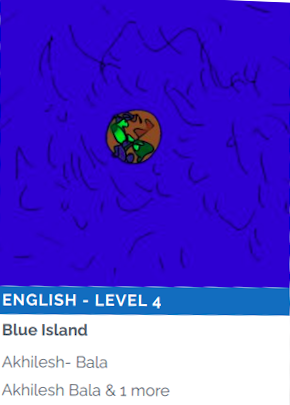2024-10-09

In this post, we’ll dive deeper into creating a story arc.
If you’ve been following the series, the steps we’ve covered so far:
- Write a one-liner for your novel
- Write the main story arc
- Create supporting characters and draft their motivations
Now, before we move into crafting arcs for these support characters, let’s first break down how to construct a compelling story arc. I am going to use Marlin in Finding Nemo. Oh, I so love him, what an adorable father!!!
1. Start with the End in Mind (Resolution)
When crafting a story arc, the first thing to do is know the resolution – how your story ends. If you have clarity on where the character is headed, it’s easier to plot their journey. But if you’re unsure, take a moment to figure out the starting point. Ask yourself: What situation is the character in at the beginning?
Then, try doing the opposite at the end. For example, if the character begins in a position of strength, they should end in weakness, or vice versa. If they start with limited knowledge, by the end, they should know everything. Once you’ve mapped out the resolution and starting point, you can build from there.
Marlin Resolution - Marlin learns to let go and trust that his son, Nemo, can take care of himself. He realizes that being overprotective is limiting Nemo’s growth and that he needs to allow Nemo to face challenges and grow on his own.
2. Create the Hook
The starting point of the story is your hook. This is where you grab the reader’s attention, showing them who your character is and the world they inhabit. It’s crucial to set up the stakes and hint at the journey ahead.
Marlin is an overprotective father, living in constant fear of the world due to the traumatic loss of his wife and other children. His entire life revolves around keeping Nemo safe, to the point where Nemo feels stifled.
3. Establish the Midpoint
Now that you’ve got a clear resolution and hook, it’s time to figure out the midpoint. The midpoint marks a shift in your character – they move from being reactive to proactive. Up until this point, they’ve been responding to circumstances. At the midpoint, they make a decision to take control and change the course of their fate. This shift is essential for keeping the story dynamic.
At the midpoint, Marlin encounters Dory, who becomes his traveling companion. Though initially annoyed by her forgetfulness and quirks, Marlin slowly begins to rely on her, shifting from someone who only reacts to problems to someone who takes action with newfound hope and a different perspective on his journey.
4. Plot Turn 2 – The Darkest Moment
Just before the resolution, your character should be at their lowest point – plot turn 2. They’ve lost their support, and it seems like they have no way out. This moment of weakness sets up the final push toward the resolution.
Marlin faces his lowest point when he believes that Nemo has died. He loses all hope and, emotionally crushed, feels that everything was in vain. However, when he discovers Nemo is alive, this moment becomes a turning point. He finally accepts that Nemo can survive on his own and that he must trust his son’s abilities.
5. Plot Turn 1 – The Call to Action
Before we get too far ahead, let’s circle back to just after the hook. This is plot turn 1, where the character is catapulted out of their ordinary life and into an extraordinary journey. This call to action is what drives the story forward.
When Nemo is captured by a diver and taken to a fish tank in a dentist’s office, Marlin is forced to leave his comfort zone and embark on an extraordinary journey to find and rescue his son.
6. Pinch Points – Pressure and Doubt
Pinch points are moments where external forces make your character doubt themselves. Pinch 1 occurs just after the call to action – something like a “monster attack” makes them wonder if answering the call was the right decision. Pinch 2, which comes after the midpoint, applies even more pressure, making them question their shift from reaction to action.
Pinch 2
After a series of failures and close calls, Marlin is left emotionally drained, especially after Dory gets caught in a fishing net. He wonders if his journey is futile and if he’s failed as a parent. This doubt pushes him to the brink, almost giving up hope entirely.
Pinch 1
As Marlin ventures into the vast ocean, he faces several challenges, such as being pursued by sharks and jellyfish, making him doubt whether he’s capable of rescuing Nemo. He starts questioning whether his fears were justified and if he’s strong enough to face the dangers of the ocean.
7. Putting It All Together
So, you now have all seven key moments:
- hook,
- plot turn 1,
- pinch 1,
- midpoint,
- pinch 2,
- plot turn 2, and
- resolution.
Instead of crafting the arc chronologically, try approaching it in this order:
- resolution,
- hook,
- midpoint,
- plot turn 2.
- plot turn 1,
- pinch 1, and
- pinch 2
It helps build a clearer, more logical progression.
Marlin’s arc revolves around moving from overprotectiveness and fear to letting go and trusting his son. The story’s resolution is emotionally satisfying because Marlin learns that he cannot shield Nemo from every danger, and Nemo gains the freedom to grow.
By using this 7-point structure, you can clearly see Marlin’s emotional journey from fear to trust, which makes Finding Nemo such a compelling narrative.
Bonus: Applying This to Bhumi’s Story Arc and Antagonist Story Arc
Let’s revisit Bhumi’s story arc from my earlier post and apply this framework. We’ll also do the same for one of Bhumi’s antagonists as an example. Stay tuned for the next post, where we’ll map out the story arcs of the supporting characters, including the romantic subplot and more.
- Bhumi wins the hackathon and uses the prize money to give scholarship to girl students from Jaanathur (Resolution)
- Bhumi is outright broke, but wants to go to college (Hook)
- Bhumi trains hard in computer science (app dev), presentation skills, webpage development (Mid-point)
- Bhumi decides that she has to help her sisters and brother out (Mid-point)
- Bhumi gets to know of a hackathon and enrolls as a team (Plot Turn 2)
- Bhumi runs away from home and ends up in Hassan Arts College because of helping Okano (Plot Turn 1)
- Bhumi enrolls in a computer course on Okano’s insistence (Plot turn 1)
- Bhumi topped the first English exam ahead of Param, Param’s schoolmate and friend plants evidence of Bhumi cheating and the teacher voids her marks (Pinch 1)
- Bhumi wants to make amends, she pleads with the HOD and she grants her one chance - to present to her teacher (Pinch 1)
- Bhumi makes a presentation, but teacher ends up failing her (Pinch 1)
- Okano finds out Bhumi had been lying about her mom (Pinch 2)
- Her alpha version of the app bombs (FailTry1)
- Her beta version of the app also bombs (FailTry2)
- She ends up intercepting Okano’s email (FailTry3)
- Betrayal Story Arc (Palanisamy (Bhumi’s dad)
- is the main antagonist in the story
- Palanisamy ends up in prison for arranging a minor’s marriage (Resolution)
- Palanisamy ousts Bhumi out of his home (Hook)
- Palanisamy goes to a theatre in his village where the siblings pretend going, but the siblings end up hoodwinking her (Mid point)
- Palanisamy has fixed Vaani’s marriage and is about to become rich (Plot Turn 2)
- Palanisamy lies to them that their sister ran away with a kid from school (Plot Turn 1)
- Palanisamy thwarts attempts of the siblings trying to contact their sister (Pinch 1)
- Palanisamy comes to know that the siblings have hoodwinked and Vaani has plans of joining her sister (Pinch 2)
Hang on tight for the next steps!
Source of banner image - Rosy / Bad Homburg / Germany from Pixabay
Source of Marlin image - https://www.pixar.com/finding-nemo
Acknowledgment
I used AI LLM (ChatGPT) and other LLMs (Luminous Literary Minds) from Pune Writers Group to refine this writing.
Clip
Enjoy this clip from Finding Nemo, Marlin’s Pinch 1:






